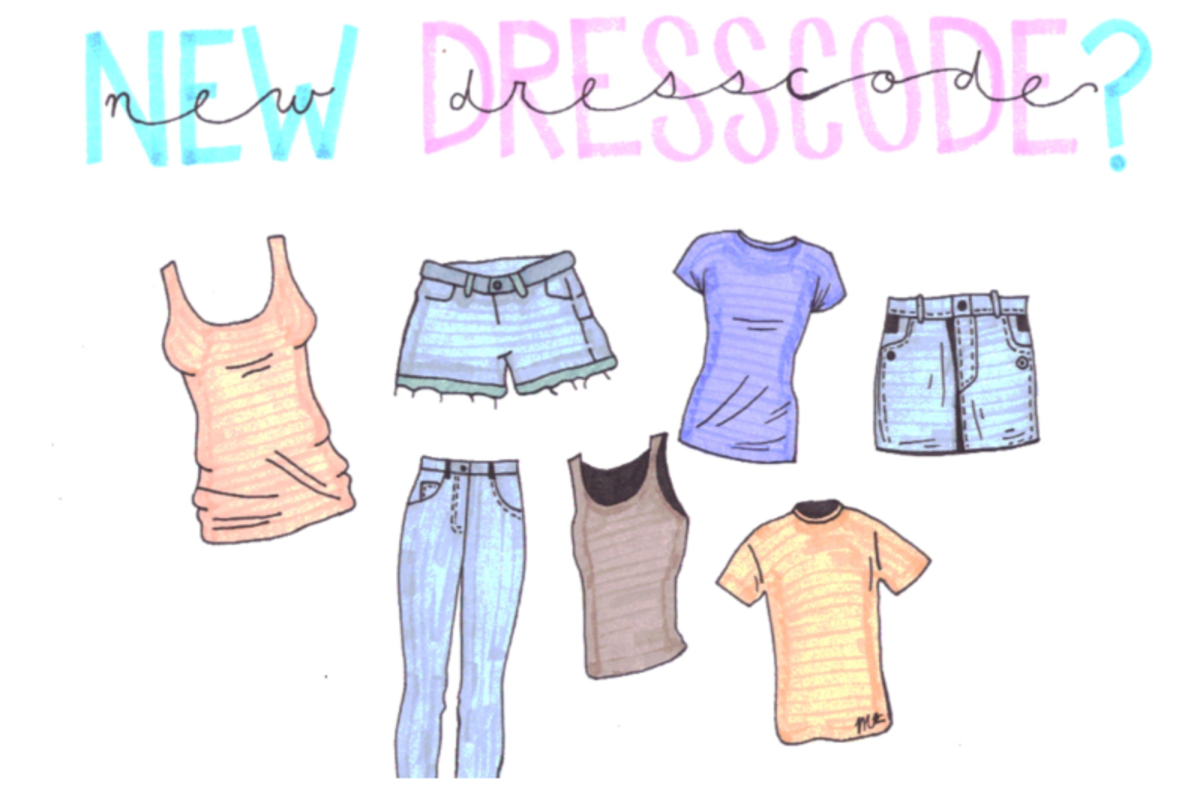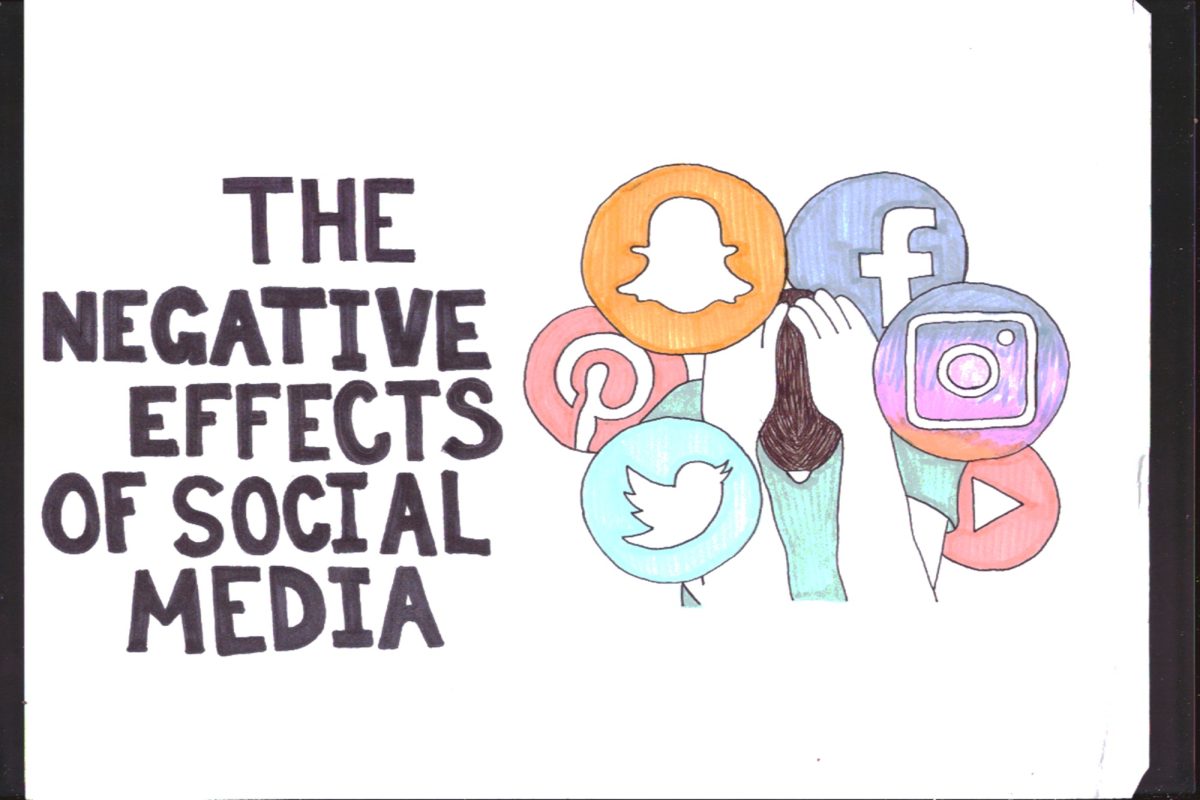“Whenever someone chooses her attire with care and purpose and wears it with confidence and conviction, it is a small victory for human flourishing.” – Richard Thompson Ford
Nationally, schools are enforcing dress codes with increasingly stricter policies amid concerns over student expression. However, these policies can intersect with issues of religion and ethnicity. I believe schools must enforce dress codes to maintain a safe and professional learning environment, even if some adjustments are needed.
It’s vital that schools continue to carry out a dress code in order to maintain a conducive learning atmosphere which promotes safety and prepares students for responsibility in school. Without some form of rule or restriction, some students will take it upon themselves to exploit freedom and it will create distractions and disruptions for other students.
Dress codes can decrease tension among peers.
According to koshercasual.com, dress codes in school settings reduce social conflict and peer pressure that may be associated with appearance. Lessened conflict among students then paves the way for increased focus and better grades.
Another “pro” concerning school dress codes supporters document is a more serious school atmosphere. This allows for students to focus more on academics and encourages better behavior. This trains students to interact in a respectable environment which will translate to jobs that they may have later in life.
Critics of dress codes would argue that these codes restrict freedom of expression and discourage creativity. Opponents combat the dress code by noting the first amendment, which mandates that public schools remain neutral on the subject of religion. However, there have still been students who have been disciplined by school administrators for wearing clothing like yarmulkes and hijabs.
A second focal point that adversaries of dress codes reflect upon is how they disproportionately target minority students.
According to edweek.org, 44 percent of districts with dress codes ban hair wraps, with some specifically naming durags, which are popular among African Americans for protecting curls or kinky hair, or other styles of hair wraps. This can make students feel excluded and harm their sense of belonging at school.
Given these concerns, one solution to aiding tension around dress codes is to conduct regular dress code reviews.
According to rainn.org, ongoing review allows schools to consider whether existing guidelines are relevant, aligned with best practices, and responsive to evolving community needs or emerging trends. This approach allows schools to keep the benefits of a dress code without the negative impacts that critics highlight.
Ultimately, the advantages of a dress code outweigh the disadvantages. Although it can restrict freedom of expression in some cases, schools need rules that they stand by and enforce regarding dress codes. Without it, there would be more conflict and a less professional learning environment. Moving forward, schools should make sure to regularly review dress code policies to ensure that the necessary changes are being made. This allows schools to keep the structure of a dress code in place without discriminating against certain students.







